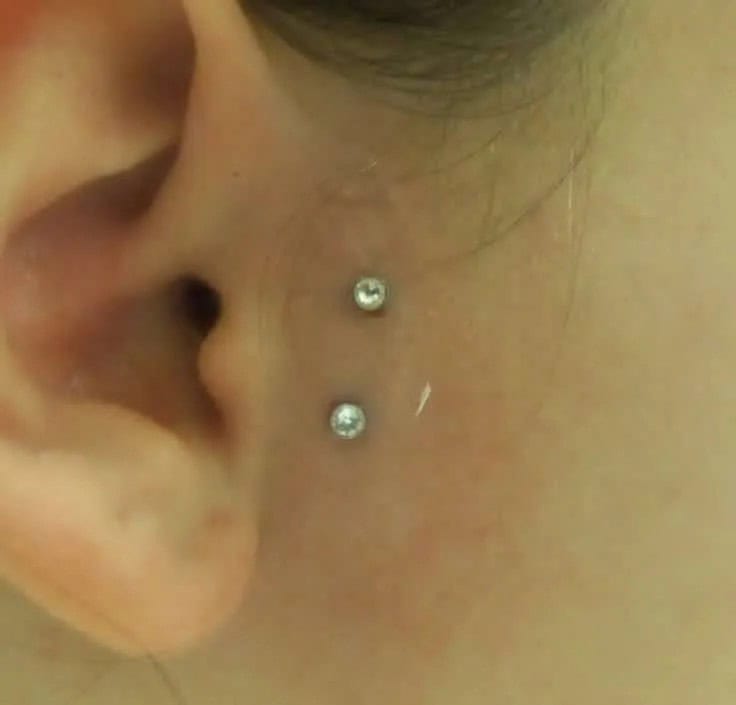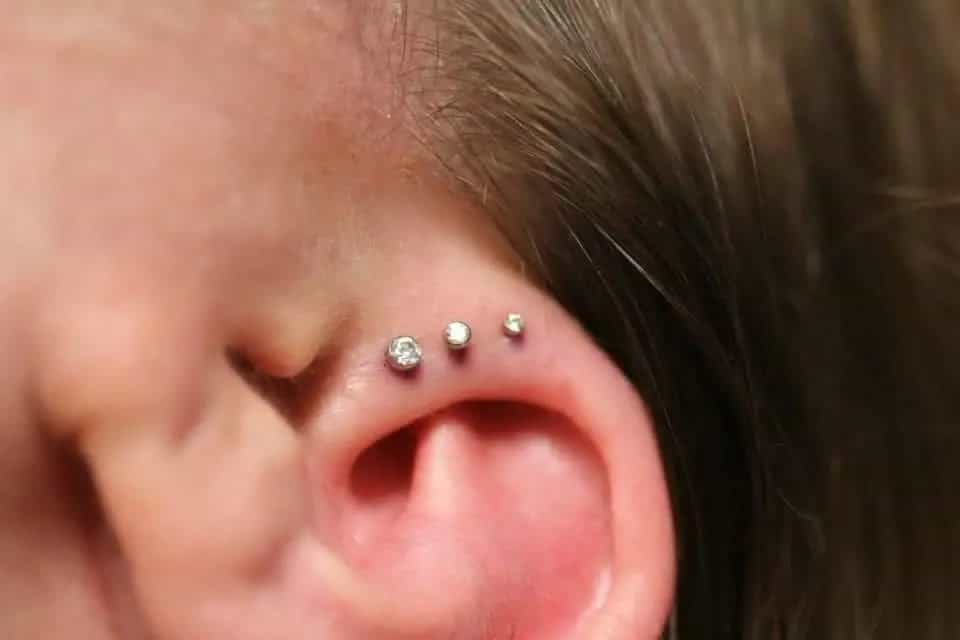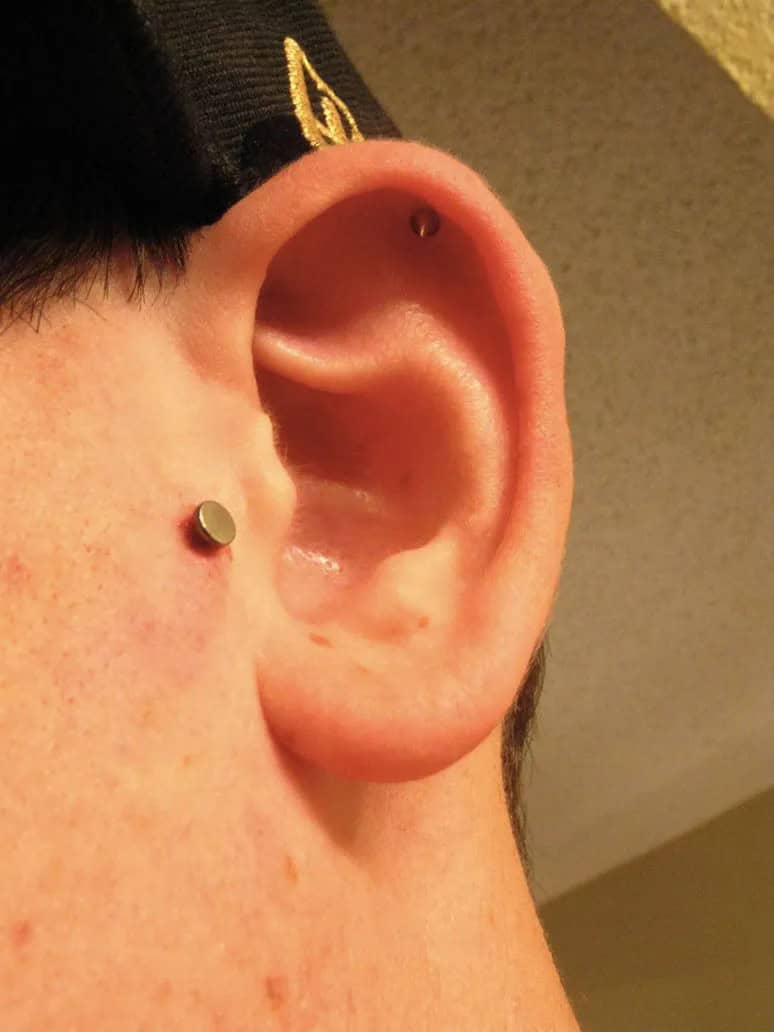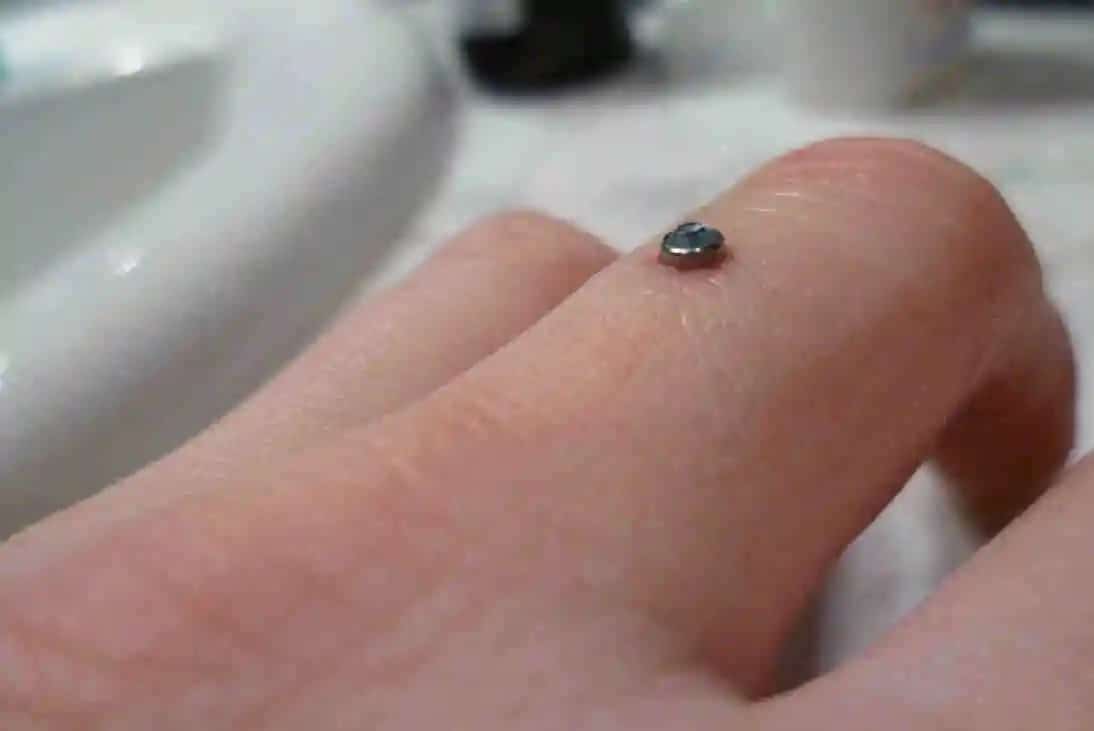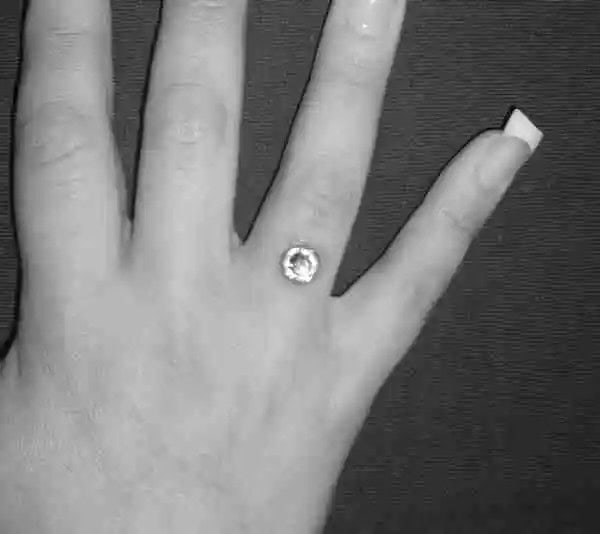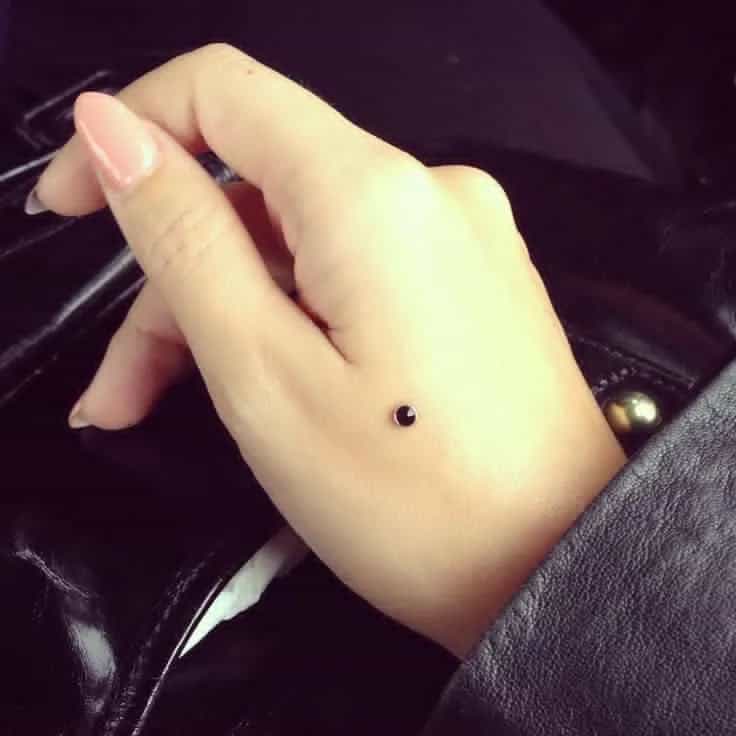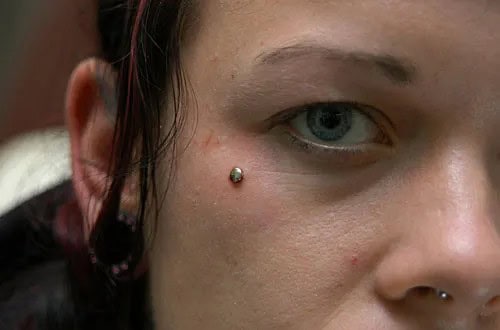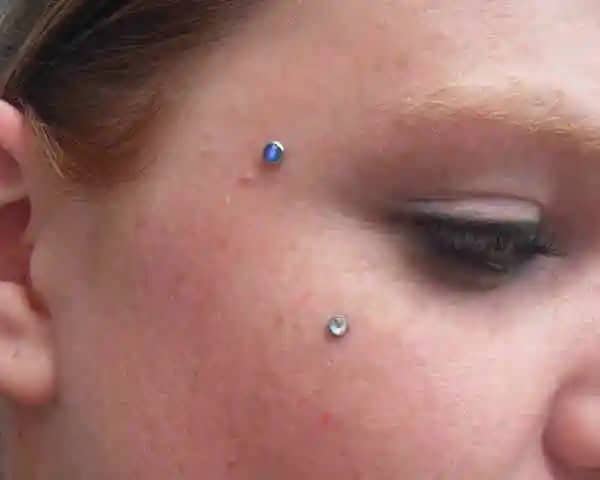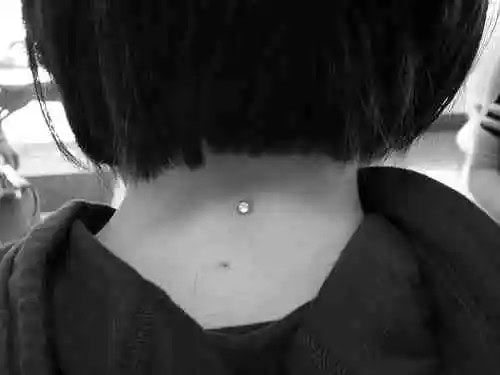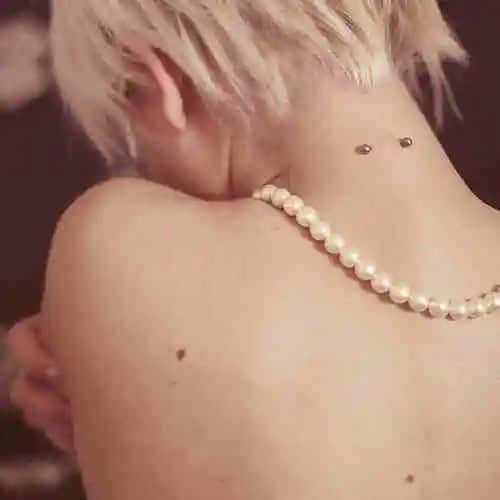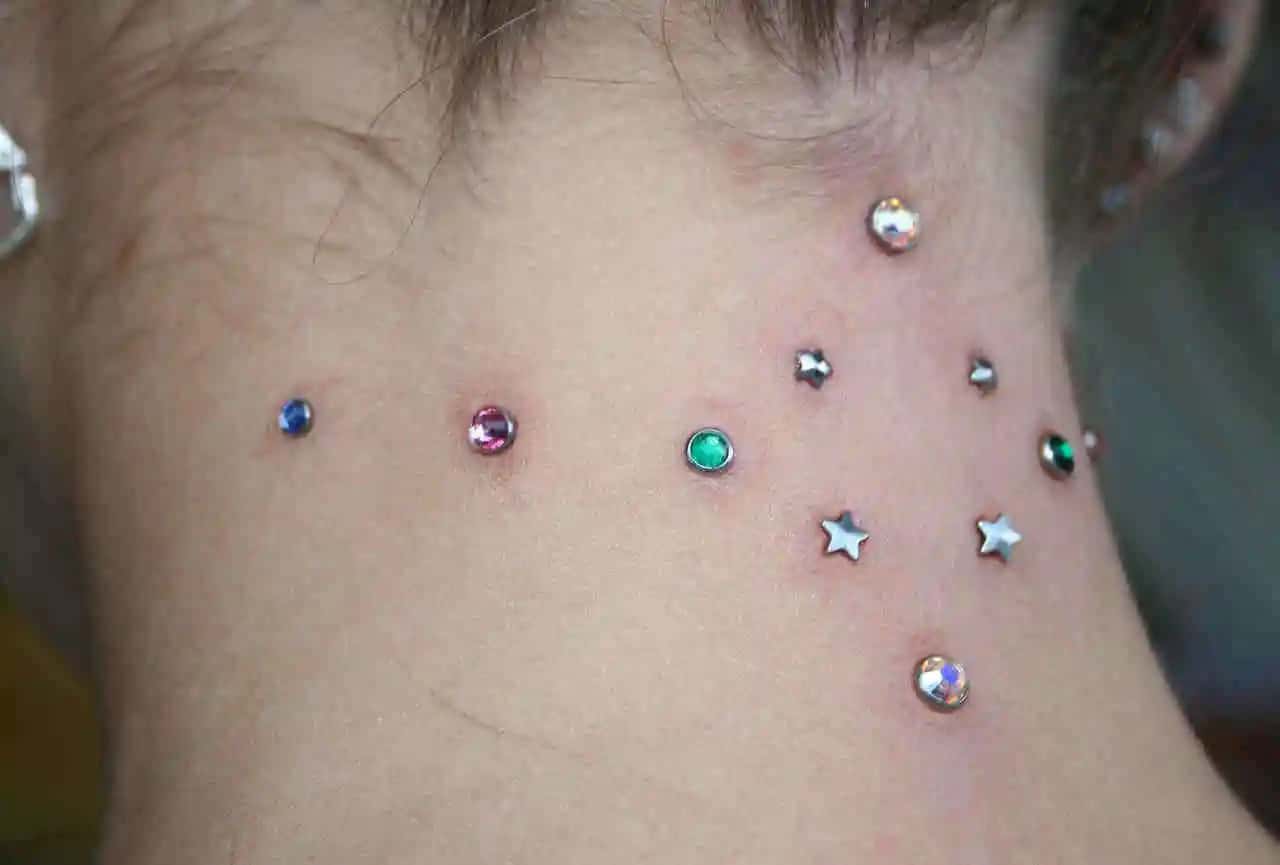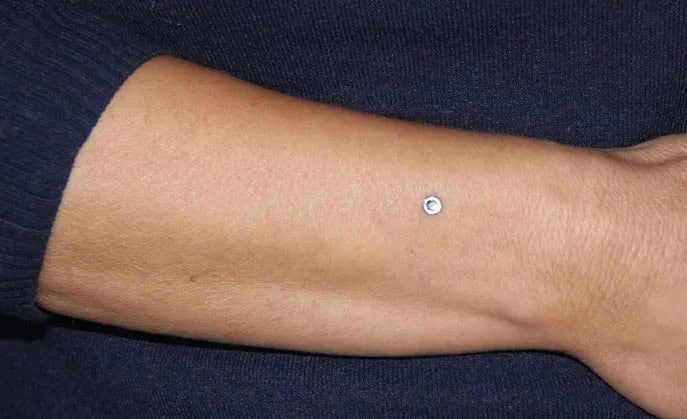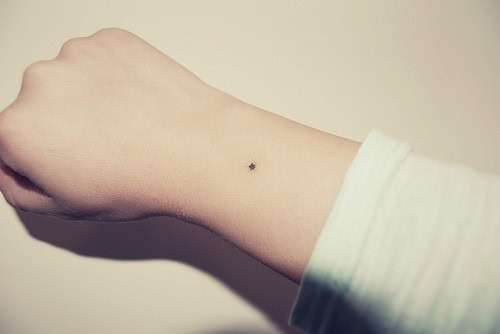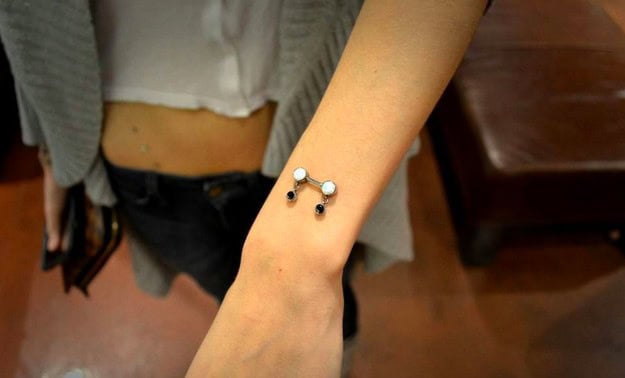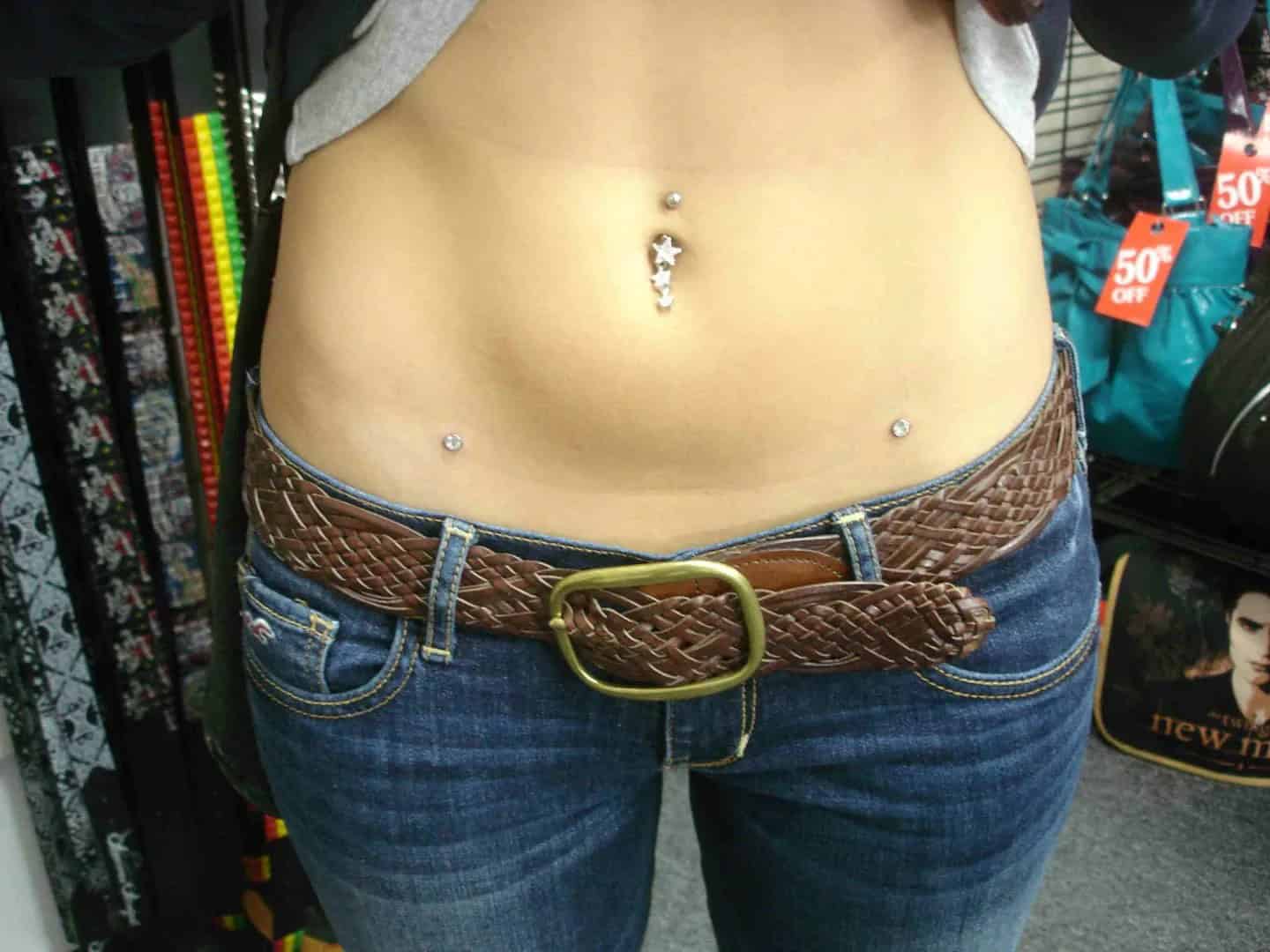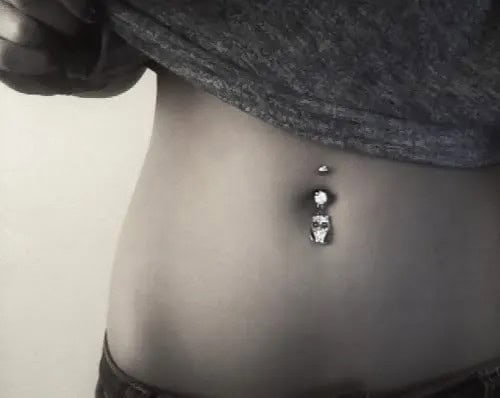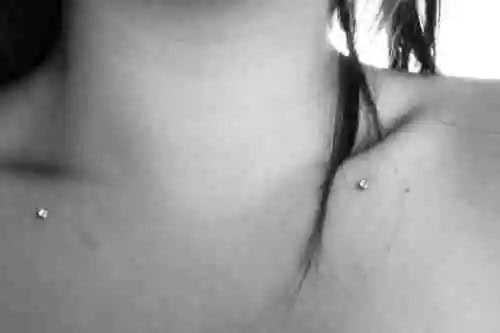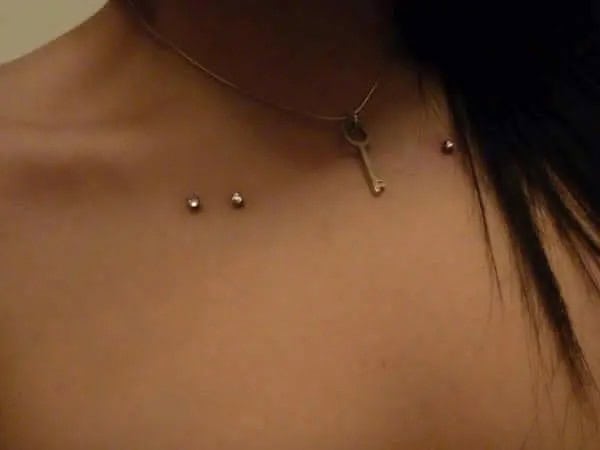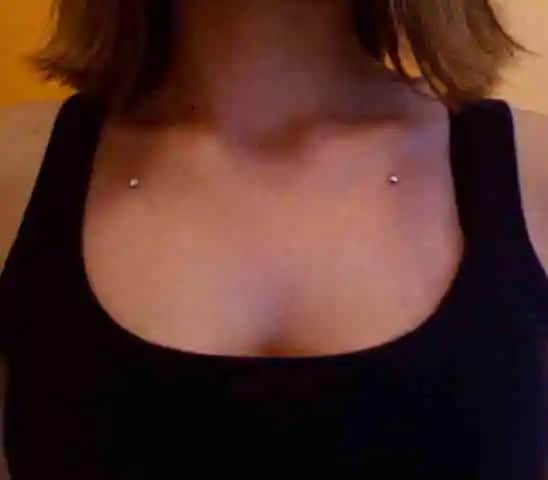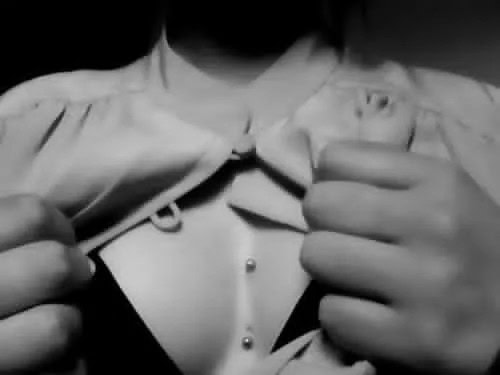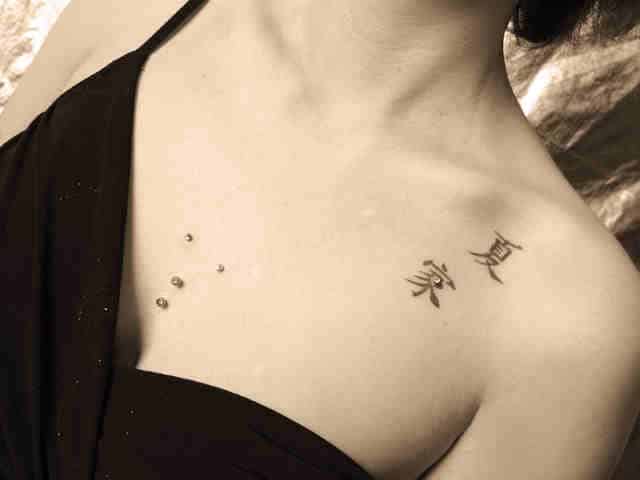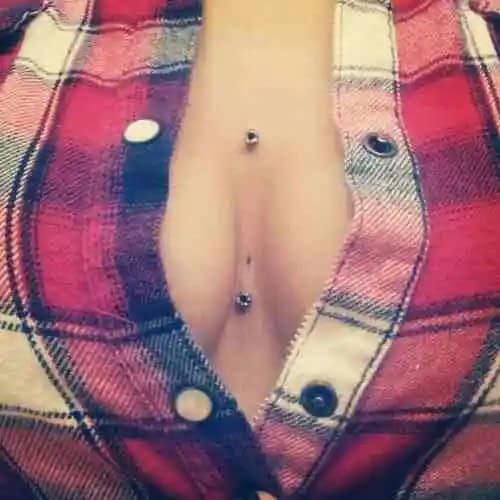What is dermal piercing?
Dermal piercings stand out from traditional body modifications due to their unique characteristics. Unlike conventional piercings, which involve multiple punctures and a visible bar or ring, dermal piercings are characterized by a single point of insertion. This singular approach enables the use of an anchor system that secures a decorative piece of jewelry beneath the skin.
The anchor serves as a foundation for various jewelry options, with different decorative heads available to customize the look.
Why get a dermal piercing?
Dermal piercings are unique in their ability to be placed almost anywhere on the body. Unlike traditional piercings that require two entry and exit points, a single hole is sufficient for a dermal piercing. This flexibility allows them to be situated on flat surfaces such as fingers, the nape of the neck, or even other areas not typically suitable for conventional piercings.
The versatility of dermal piercings also lends itself well to creating intricate patterns or designs by placing multiple piercings in strategic locations. Once healed, the piercing can be easily customized with different jewelry heads, providing a high degree of flexibility and self-expression.
How is dermal piercing done?
A dermal piercing typically involves one of two methods: the traditional piercing needle or a dermal punch, although the latter is not universally accepted and may be restricted in certain regions. As a result, the needle method remains the most common approach. It is crucial to have a professional piercer perform this procedure, as an error could lead to significant skin damage.
The process begins with a small incision made by the piercer, followed by the creation of an L-shaped pouch within the dermal layer. A carefully crafted anchor is then inserted into this pocket, with the surrounding skin stretching minimally as the second section slides underneath and becomes embedded. Ultimately, only the top portion of the anchor remains visible above the surface.
Various types of anchors exist, including single-point dermal anchors, five-point star microdermal anchors, and frankenstein bolt threaded ends for dermal anchors.
How are dermal piercings cared for?
When it comes to dermal piercings, proper care is crucial to avoid infection. Immediately after the piercing process, the area may appear red and swollen, with some bruising as a normal response. It’s essential to be patient and take good care of your new piercing for 8-12 weeks, as the healing process can be lengthy. For optimal results, opt for titanium or stainless steel jewelry, as they have a low rejection rate and are less likely to cause skin problems.
Avoid other metals, as there is a risk of infection once they’re embedded under your skin. It’s crucial not to attempt to change the jewelry while it’s still healing, as this could damage your skin irreparably. To ensure proper healing, wear a bandage for the first 4-6 hours after piercing and cover the area at night for 7-10 days to avoid accidental snagging during sleep. Avoid exposure to chemicals, swimming, or tanning until your piercing is fully healed.
Daily sea salt soaks are an effective way to keep your dermal piercing clean and infection-free. Simply dissolve 1/4 teaspoon of sea salt in warm water, place the solution over the piercing to form a vacuum seal, and let it soak for a few minutes. You can also use cotton wool and gauze to apply a sea salt mixture. In addition to daily soaks, give your dermal piercing a thorough cleaning once a day.
Make sure your hands are spotless by using antibacterial gel or wearing latex gloves before cleansing the area with warm water and a cotton swab. Be mindful of the specific location of your piercing and take necessary precautions, such as sleeping on your stomach if you have a back piercing. If your dermal piercing needs to be removed for any reason, it’s crucial that you seek professional assistance from a qualified piercer who can gently and gradually massage the piercing out of your skin.
Attempting to remove it yourself can lead to scarring and infection. Keep an eye out for signs of rejection, such as the piercing reappearing through your skin, and consult your piercer if you notice any unusual changes.
Popular dermal piercing locations
While the placement options for dermal piercings are vast, certain areas prove more coveted than others. What’s more, some regions are uniquely suited to dermal piercings, whereas others can accommodate both conventional and dermal piercings with ease.
Ear Dermal Piercing
While cartilage piercings are undoubtedly popular, dermal piercing offers a unique opportunity to take your ear piercings beyond the conventional boundaries. The area adjacent to the ear, often overlooked in traditional piercings, can be transformed into a subtle yet striking canvas for dermal pieces. By extending your piercings to this previously unexplored territory, you can add an extra layer of personal expression and style to your overall look.
Finger Dermal Piercing
The fingers and hands offer a unique canvas for dermal piercings, making them an attractive option for those seeking a subtle yet striking piece of body jewelry. The unorthodox placement adds to the allure, as it’s an unexpected spot that often catches people off guard. What’s more, a well-placed jeweled piercing can convincingly masquerade as a diamond ring, offering a stylish and understated alternative to traditional adornments.
Facial Dermal Piercing
While traditional facial piercings may be limited to specific areas, dermal piercings offer a unique opportunity to adorn any part of your face, including the delicate skin around your eyes. This unconventional placement allows you to draw attention to this area and create a truly one-of-a-kind look. With the right combination of gems or other decorations, it’s possible to add a pop of color or texture that complements your natural features.
Neck and Nape Dermal Piercings
The nape of the neck offers an excellent canvas for delicate microdermal piercings. This area provides ample space for creative expression, allowing you to design intricate patterns with multiple piercings. The best part? It’s easy to conceal or reveal these adornments depending on your mood and preferences. As a popular site for tattoos as well, the neck has proven itself to be an attractive location for body art enthusiasts.
This versatility makes it an ideal spot for those who enjoy subtle yet striking displays of personal style.
Wrist Dermal Piercings
When considering alternative jewelry options, why not opt for a unique and eye-catching dermal piercing on your wrist? Unlike traditional bracelets, this type of piercing offers a distinctive flair. The wrist is notoriously challenging to pierce conventionally, making a well-placed dermal anchor piercing all the more exceptional. With titanium dermal piercing being a popular choice in this area, you can expect to see a touch of silver and sparkle – but that’s not what makes it special.
Hip
The hip area is a favored location for dermal piercings, offering a unique blend of versatility and visual appeal. When worn with bikinis or cropped tops, these piercings can create a stunning focal point that draws the eye to the body’s natural curves. For individuals who embrace their physique and seek to accentuate its beauty, hip-based dermal piercings provide an excellent way to do so.
Navel Dermal Piercings
For centuries, belly button piercings have been a staple of beauty in India and other cultures. However, there’s another way to adorn your navel: dermal piercings! If you already have a navel piercing, consider taking it to the next level by adding extra studs around the belly button. This can be a great way to refresh your look without getting a completely new piercing.
With proper care and maintenance, a dermal piercing can add an extra layer of style and sophistication to your existing navel piercing.
Clavicle Dermal Piercings
While the clavicle may not be the first body part that comes to mind when considering piercings, a dermal piercing in this location can be a stunning way to showcase one’s unique anatomy. The clavicle’s distinctive shape and placement make it an attractive canvas for showcasing a dermal piercing, which can add an extra layer of sophistication to conventional jewelry designs. From afar, the piercing may resemble a delicate necklace, but upon closer inspection, its true nature is revealed.
This type of piercing combines the elegance of a collarbone with the boldness of body art, making it a truly eye-catching feature.
Sternum
A bold yet discreet option for showcasing your sense of style, a sternum dermal piercing is an excellent choice. By tucking the jewelry beneath the skin, you can make a striking statement when wearing a low-cut dress or top, while still keeping it subtle enough to be easily concealed during everyday activities. This unique and daring type of piercing allows you to experiment with unconventional styles without being too overwhelming.
